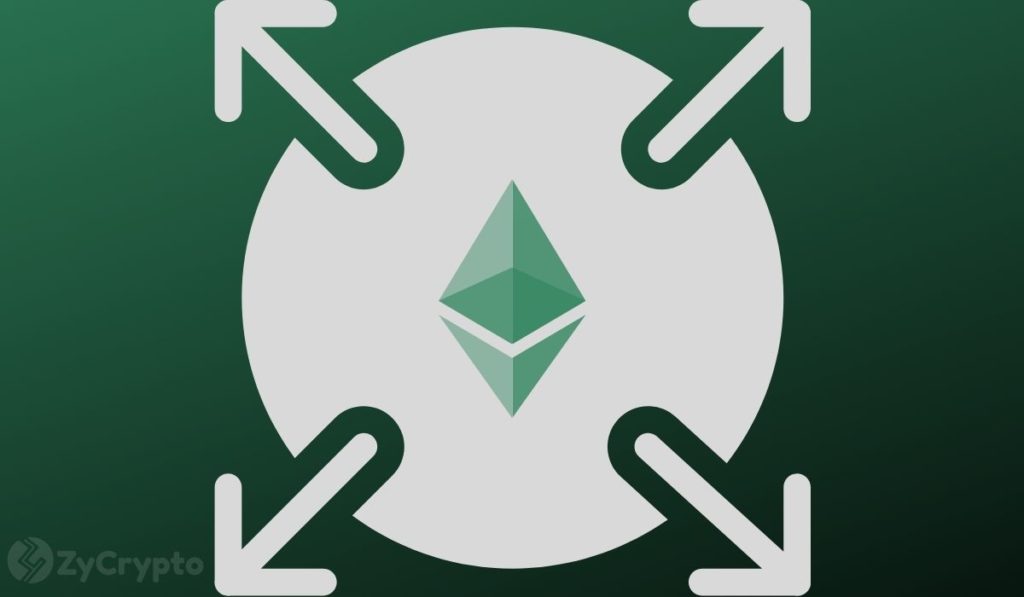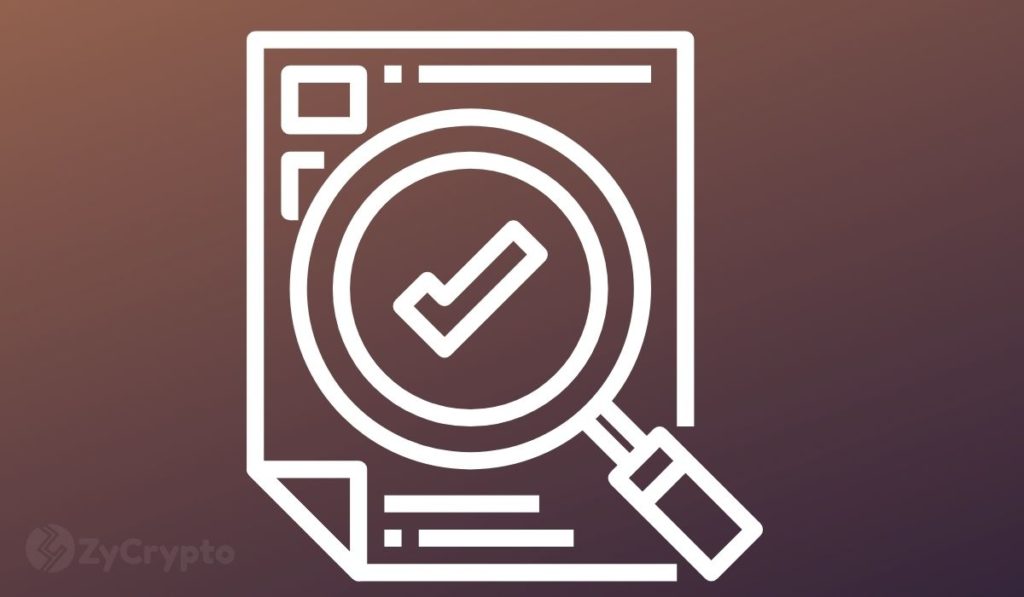2025-1-7 01:30 |
Crypto markets are poised for a dynamic start to the new year, with a series of pivotal events set to reshape sentiment and trading volumes. From macroeconomic decisions by the Federal Reserve to protocol updates and legal proceedings, here are the key developments demanding close attention from investors:
#1 Crypto Awaits The FOMC Minutes Release (January 8)On Wednesday, the minutes from December’s Federal Open Market Committee (FOMC) meeting are scheduled for release, offering insights into policymakers’ deliberations and possible hints at upcoming rate decisions. The minutes will shed light on the Federal Reserve’s latest approach to controlling inflation while supporting economic stability.
The Fed cut US interest rates three consecutive times after a heated debate in late 2024, though it reduced its forecast for total annual rate cuts this year from four down to two. Investors also recall Fed Chair Jerome Powell’s statement that “the decision to cut rates was a close call.” This underscores the importance of the forthcoming minutes for anyone looking to gauge how hawkish or dovish the central bank may become throughout 2025.
#2 THORChain’s Base IntegrationCross-chain liquidity platform THORChain has confirmed it will begin supporting Base—currently the largest Layer 2 by volume—next week. According to THORChain’s development updates, this integration enables more efficient ETH-BTC swaps by circumventing Ethereum’s mainnet congestion and unlocking new liquidity avenues through cbBTC. Market observers anticipate a notable uptick in trading volume as the community takes advantage of cheaper ETH-BTC swaps and expanded cross-chain capabilities.
#3 Jupiter’s Airdrop CheckerJupiter, a leading Solana-based decentralized exchange (DEX) aggregator is expected to release its airdrop eligibility checker this week. This event is part of “Jupuary,” a multi-year airdrop initiative slated for January 2025 and 2026, during which the protocol will distribute a total of $700 million worth of JUP tokens to its user base.
The project has declared that this airdrop aims to “grow the pie,” broadening the Jupiter community and boosting participation in one of the world’s most significant decentralized autonomous organizations. Additionally, Jupiter’s Castanbul conference in late January will feature the live burning of 30% of the token’s supply.
#4 USUAL Fee Switch Activation (January 7)In the decentralized finance (DeFi) arena, the USUAL ecosystem is set to activate its fee switch on January 7, 2025. This marks a pivotal transformation: holders of USUAL who stake their tokens will start receiving a share of the protocol’s revenue. By directly rewarding stakers with transaction fees, the protocol hopes to foster a more robust and participatory user base.
#5 Do Kwon’s Second US Hearing (January 8)Terra founder Do Kwon faces a critical juncture in his legal battle with US authorities, with his second hearing scheduled for January 8. Having been extradited to the United States, Kwon now faces a maximum penalty of 130 years in prison if convicted on the extensive fraud charges detailed in the Department of Justice’s 79-page indictment.
The DOJ’s case adds new layers of allegations beyond those examined in the SEC’s civil proceedings, including accusations that Kwon acted with explicit criminal intent to mislead investors. As prosecutors build their argument around five alleged fraud schemes, among others, falsely advertising Terra’s stability, manipulating the Luna Foundation Guard and falsifying Terra’s use by Chai.
#6 GMX Trading Fees Reduction (January 6)Derivatives-focused exchange GMX is taking a notable step to encourage higher trading volumes by lowering fees across all markets. Effective January 6, 2025, GMX will cut open and close fees from 5 basis points (bps) and 7 bps to 4 bps and 6 bps, respectively. The team stated via X: “To kick off 2025 in style, GMX is reducing trading fees across all markets! Starting this Monday, January 6, the open and close fees for all positions will decrease from 5 bps / 7 bps to 4 bps / 6 bps.”
However, rather than a blanket rate of 4.5 bps, the new structure introduces a sliding scale: traders who enter positions that improve the balance between longs and shorts pay the lower 4 bps fee, while those that heighten imbalances pay 6 bps. According to GMX, “This adjustment ensures balanced open interest, which in turn keeps funding fees and price impact low.”
Simultaneously, GMX has updated liquidation fees to 20 bps for asset-backed markets and 30 bps for synthetic markets. GMX developers believe that, together, these measures will reduce trading costs, incentivize balanced market participation, and enhance the overall user experience.
At press time, the total crypto market cap stood at $3.45 trillion.
origin »Emerald Crypto (EMD) íà Currencies.ru
|
|























